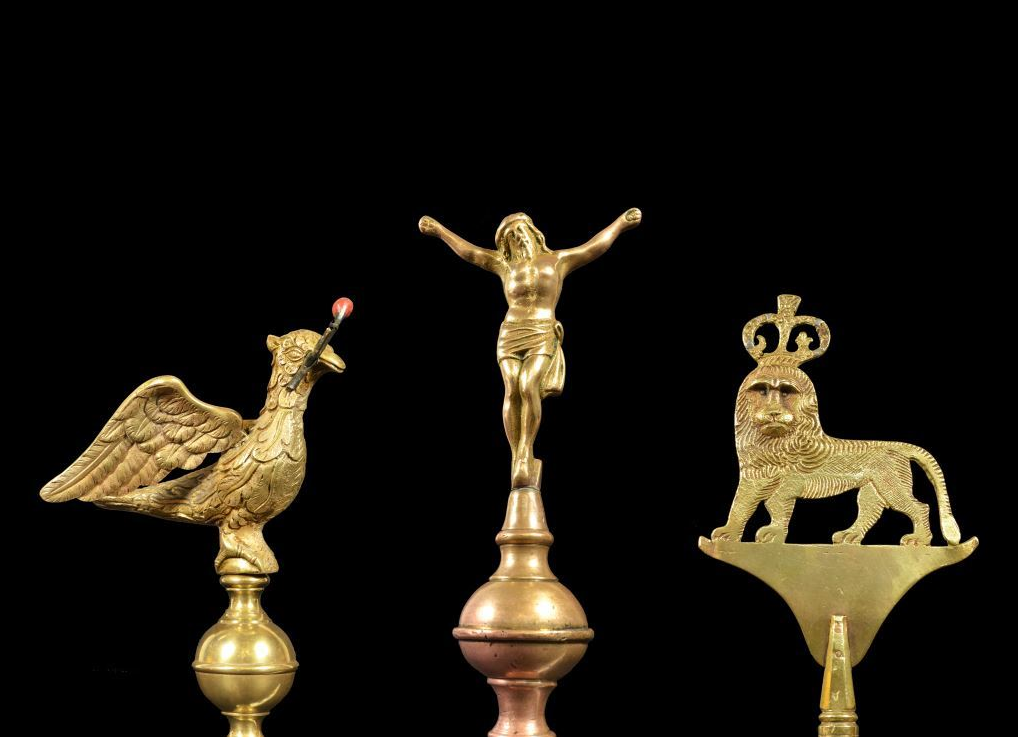Mental health in the countryside

Our Wellbeing and the Countryside display is on until October 31, and was launched to coincide with World Mental Health Day on 10 October.
The display is the culmination of research in the archives at both the MERL and the University of Reading Special Collections, interviews exploring experiences of living and working in the countryside, and a consultation with different charitable bodies, such as the Ridgeline trust. It is accessible in the community case in our Nook, on the left when you enter the Museum.

It is both interesting and fascinating to see how different themes related to mental health in the countryside also resonate with urban dwellers.
The countryside is of course known for farming and how farming has shaped the landscape. However, are we aware of the dangers that farming pose to those who work in the industry?
On display is a yellow sign declaring:
‘No person other than the driver, his mate and other persons supplied by the owner of this machinery and plant are authorised to use or interfere with it. No liability will be accepted for accident or injury caused by neglect of this warning.’
The message is clear: farming is dangerous. It is the work of the Farm Safety Foundation to raise awareness of farm safety among young farm workers, aiming to reduce potentially life-changing and life-ending injuries.
The cosh was a weapon often kept under a farmer’s pillow as a precautionary measure to protect themselves from intruders. It represents the state of mind of farmers who found themselves working long and lonely hours and feared for their own safety and wellbeing.

Whilst on the one hand there is evidence of a sense of fear and danger that prevails within the countryside, on the other hand, arts and crafts related activities are seen as having a therapeutic effect on people’s wellbeing.
This is shown by the huge flower basket which occupies a corner of the case.
‘Craft activity can have therapeutic value, providing a creative outlet and mental and physical stimulation for the maker…’
Also on display is a beautiful copper mug designed by Elizabeth Waterhouse (1834-1918) was made by a young man, and was part of an effort by Elizabeth to stimulate young men’s handicraft skills in rural districts.

Fittingly for a display on mental health, these beautiful objects also fill the viewer with a sense of wellbeing due to their beauty.
Life in the countryside often depicted as idyllic and a place to escape to. Charlotte Bunney moved from London to Westmorland, Cumbria with her husband in 1948 to run a farm, market gardening business and an architectural practice. Her large sun hat, used during the harvesting season and sunny days in the garden, injects a sense of Summer in the corner of the case.
In this same vein of escapsim, there is an old ‘Sounds of the Countryside’ record sitting proudly in the case. Have you ever tried to pay attention to the sounds you hear on a daily basis? Perhaps the next time you are out walking, try closing your eyes for a minute or two and just listen to the sounds all around you. Lose yourself in the eternity of the moment.

When you’re done, think on how far your wellbeing is connected with nature and how the natural world around us can help cure and relax a stressed mind and body.
Some of this stress is relieved through recreational activities. Hunting is one such controversial activity. While some see it as an enjoyable tradition which contributes to their wellbeing, many cannot fathom how killing animals can be an enjoyable thing to do. A souvenir badge from the Liberty and Livelihood march against the ban on hunting with dogs, which was held in London in September 2002, reminds us of the realities of complex issues within the countryside.
While sunny days are an obvious mood-lifter, we cannot escape the often damp reality of the English countryside. A beautiful wooden barometer reminds us of the harsh realities that farmers have to face day in and day out:
‘Harvests have to be done when the time and weather dictates, many a holiday has been cancelled at the last minute because the farm always comes first. Cows will calve anytime of the day or night and in all seasons…I have been standing in a field in the pouring rain in my nightie, coat and wellies several times.’
Kathy, dairy farmer, Cornwall.
These forces of nature are outside our control, casually and indifferently wrecking and making livelihoods, and have a profound impact on farmer’s mental health.

When things are tough, though, people can rely on the often amazing sense of community in the countryside. In the days before National Insurance, rural people would form friendly societies to provide some insurance for members against sickness or death. It also a way for them to socialise, most obviously through the traditional annual marches. Poleheads representing the societies would be held aloft during these marches, depicting all manner of beasts and symbols. The National Dairymen’s Benevolent Institution collecting box used to collect funds for retired dairymen reminds us that benelovence, and the mental wellbeing of feeling secure, depends on cold, hard cash. Today, the Royal Agricultural Benevolent Institution continue to provide support to farm workers experiencing hardship.

Mental health is an issue which continues to be ignored and misunderstood, but we can see evidence of its impact in the countryside throughout history. Rural people have always had to contend with the forces of nature, which can wreck livelihoods and families in the blink of a drought. How we deal with the issues of our personal and professional lives very often relies on the generosity of strangers, but also the support network that family, friends and the wider community offer.
